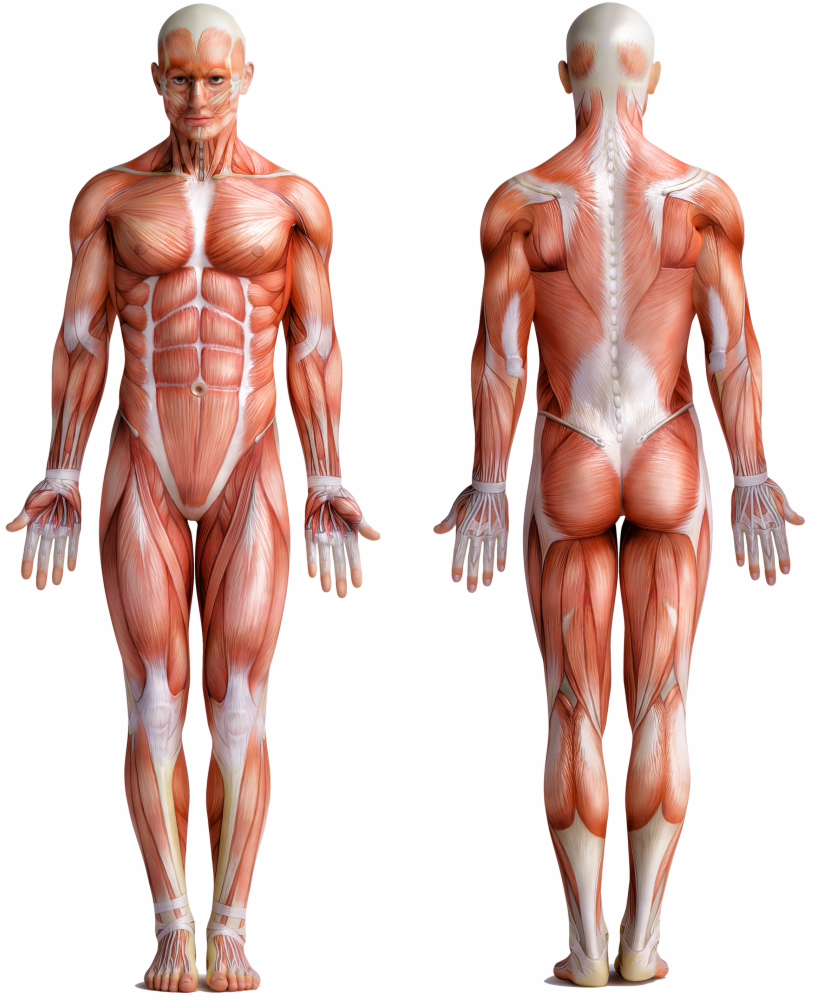-

-
About Us
- Our Vision
-
Personalized Care
Personalized Care Personalized Care Intro
Diagnostic Tests
- Digital X-Ray
- DynaROM
- 3D Body Scanning
- Gastrointentinal Health
- Organic Acids
- Comprehensive Stool Analysis
- Food Sensitivity
- Dietary Antigen Complete
- Endocrinology
- Thyroid Panel
- DUTCH Hormone Test
- Neurotransmitter Profile
- Adrenal Profile
- Nutritional Status
- Vitamin D
- Homocysteine
- Methylmalonic Acid
- Urine Iodine
- Organic Acids
- Copper Zinc Profile
- Essential Fatty Acid Profile
- RBC Metals & Minerals
- Toxic & Essential Elements
- RBC Elements
- Urine Toxic Metals
- Hair Metals & Minerals
- Urine Halides
Treatments
- Avacen Therapy
- Bioidentical Hormone Replacement Therapy (Anti-Aging)
- Chiropractic Care
- Electric Muscle & Nerve Stimulation
- Emsculpt Neo
- Emsella Treatment
- Erchonia Laser (Model EVRL)
- Exosomes
- Hair Restoration
- Headache & Migraine Treatment
- Hyaluronic Acid Injection
- Intersegmental Traction
- IV Nutrient Therapy
- Laser Lipo
- Massage Traction Chair
- PRP Facials
- PRP for Erectile Dysfunction
- PRP for Female Sexual Dysfunction
- PRP for Pain Relief
- PRP for Urinary Incontinence
- Semaglutide
- Shockwave Therapy for Cellulite & Skin Tightening
- Shockwave Therapy for Pain Relief
- Shockwave Therapy for Female Sexual Dysfunction
- Shockwave Therapy for Male Sexual Dysfunction
- Skin Rejuvenation
- Spinal Decompression
- TENS Unit
- Testosterone Replacement Therapy (TRT)
- Therapeutic Ultrasound
- Thyroid Care
- Trigger Point Therapy
- Durable Medical Equipment
- Ankle-foot Orthosis
- Cervical Rehab Coller
- Custom Foot Orthotics
- Lumbosacral Orthosis
- Osteoarthritis Knee Brace
- Wrist Brace
- FAQs
- Testimonials
- Pain Relief
- Weight Loss
-
Sexual Wellness
-
Anti-Aging
-
Resources
- Blog
- Video Library
- Store
-
Health Condition Library
Health Condition Library
- Ankle Osteoarthritis
- Bulging Spinal Disc
- Carpal Tunnel
- Cervical Degenerative Disc Disease
- Cervical Radiculopathy
- Elbow Bursitis
- Erectile Dysfunction
- Fatigue
- Female Hormone Imbalance
- Female Sexual Dysfunction
- Fibromyalgia
- Foot Arthritis
- Frozen Shoulder
- Golfer’s Elbow
- Hand Arthritis
- Headache
- Hip Bursitis
- Hip Osteoarthritis
- Hyperthyroidism
- Hypothyroidism
- Knee Bursitis
- Knee Osteoarthritis
- Low Testosterone
- Lumbar Degenerative Disc Disease
- Migraines
- Musculoskeletal Pain
- Obesity
- Osteoarthritis
- Plantar Fasciitis
- Plantar Fibroma
- Rotator Cuff Injury
- Sciatica Pain
- Shoulder Bursitis
- Shoulder Osteoarthritis
- Tennis Elbow
- Thoracic Degenerative Disc Disease
- Urinary Incontinence
- Weight Gain
- Wrist Arthritis
- Wrist Bursitis
- Contact
Understanding Tennis Elbow
Alternate Names: Tennis elbow is primarily referred to as lateral epicondylitis in the medical field. However, it is worth mentioning that this condition can also be known as lateral elbow tendinopathy or lateral elbow pain.
Introduction:
Tennis elbow, also known as lateral epicondylitis, is a common condition that affects the tendons in the elbow. It is a type of repetitive strain injury that often occurs due to overuse or repetitive motions of the forearm muscles. In this comprehensive guide, we will delve into the details of tennis elbow, including its alternate names, symptoms, causes, and various treatment options.
Symptoms:
The most common symptoms of tennis elbow include pain and tenderness on the outer portion of the elbow. This pain may radiate down the forearm and worsen with certain movements, such as gripping or lifting objects. Other symptoms may include weakness in the affected arm, difficulty in fully extending the forearm, and discomfort when performing activities that involve wrist movements.
Causes:
Tennis elbow is often caused by repetitive motions and overuse of the forearm muscles. Contrary to its name, this condition can affect not only tennis players but also individuals who engage in activities that involve repetitive gripping, such as painting, typing, or using hand tools. The repetitive stress on the tendons that attach to the lateral epicondyle of the elbow leads to micro-tears and inflammation, resulting in the characteristic symptoms of tennis elbow.
Treatment Options:
There are a number of treatment choices available, depending on the severity of the condition. Initially, conservative measures are recommended, including rest, ice therapy, and over-the-counter pain medications. Physical therapy exercises that focus on strengthening and stretching the forearm muscles can also be beneficial. In more severe cases, a brace or splint may be prescribed to provide support and alleviate strain on the affected tendons.
In rare cases where conservative treatments fail to provide relief, corticosteroid injections or surgery may be considered. Side effects of cortisone, which is commonly injected for joint pain, includes thinning of the skin, easy bruising, weight gain, puffiness of the face, elevation of blood pressure, cataract formation, thinning of the bones, and a rare but serious form of damage to large joints (avascular necrosis). Due to risks, patients may only get this treatment once every several months.
Conclusion:
Tennis elbow is a common condition that can cause significant discomfort and limitations in daily activities. By understanding its alternate names, symptoms, causes, and treatment options, individuals can take proactive steps to manage and alleviate the symptoms of tennis elbow. It is advisable to consult with a healthcare professional for a precise diagnosis and personalized treatment plan.









